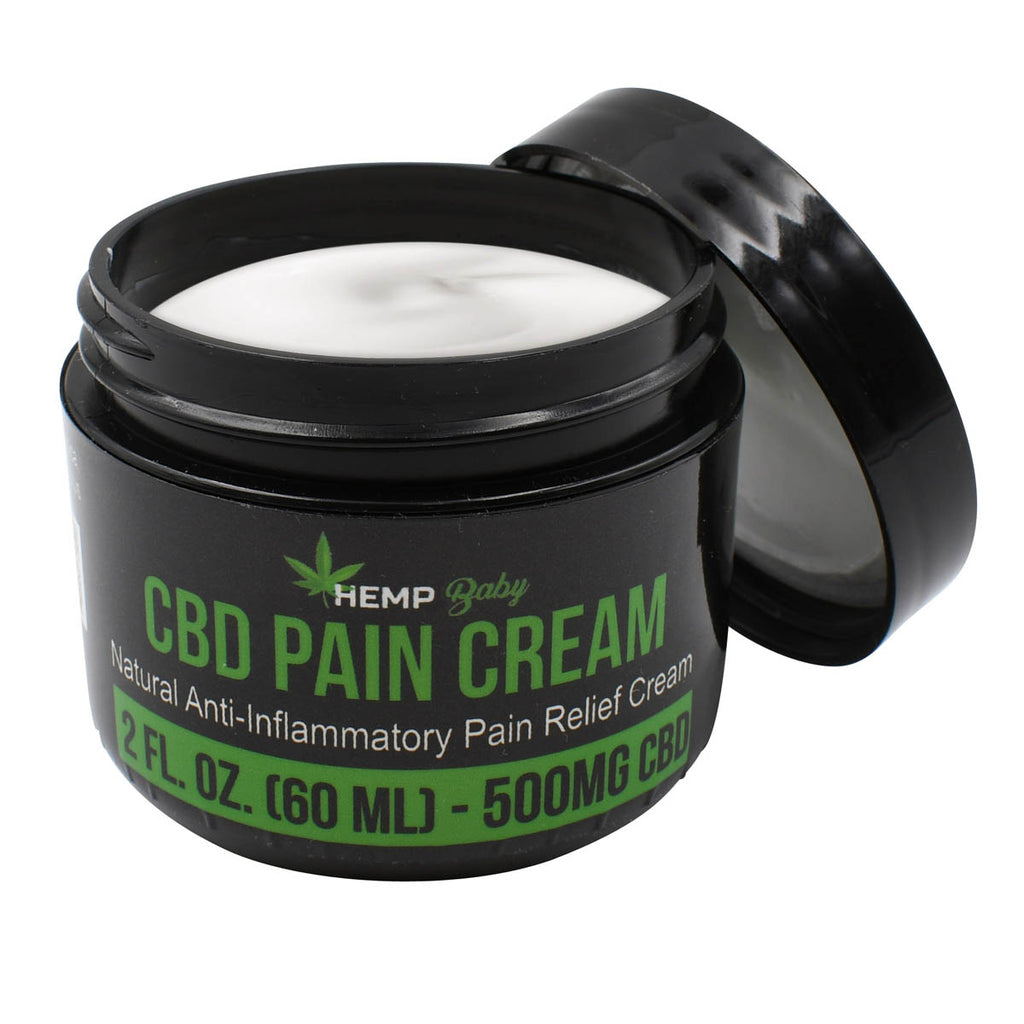Elevate Your Wellness Routine with Serenity CBD Arnica Cream: Soothe Aches and Pains
Elevate Your Wellness Routine with Serenity CBD Arnica Cream: Soothe Aches and Pains
Blog Article
Check Out the Science Behind CBD Pain Cream and Its Healing Impacts
As the need for all-natural discomfort relief choices continues to rise, the scientific area has transformed its focus to the healing effects of CBD pain cream. Recognizing the elaborate devices by which CBD communicates with the body's endocannabinoid system to ease pain is essential in understanding its efficiency. From its anti-inflammatory residential or commercial properties to the complicated neurological impacts that modulate pain perception, CBD's potential as a discomfort management service is a subject of recurring research and professional rate of interest. Stay tuned to unwind the scientific research behind CBD discomfort cream and just how it holds assurance for those seeking alternative avenues for discomfort alleviation.
Endocannabinoid System and CBD Discomfort Relief
What function does the endocannabinoid system play in CBD pain alleviation? The endocannabinoid system (ECS) is an intricate network of receptors, enzymes, and endocannabinoids that play a critical role in controling numerous physiological processes, consisting of pain experience. When CBD is applied topically or consumed, it interacts with the ECS to regulate discomfort perception and swelling. CBD applies its effects by targeting cannabinoid receptors, especially CB1 and CB2 receptors, which are bountiful in the main worried system and immune cells, respectively. By binding to these receptors, CBD can hinder the transmission of discomfort signals and minimize inflammation, resulting in pain alleviation.

Systems of CBD for Discomfort Administration
Exploring the detailed mechanisms with which CBD operates hurting management exposes its potential as a beneficial therapeutic tool in alleviating numerous kinds of pain. CBD communicates with the endocannabinoid system, consisting of cannabinoid receptors (CB1 and CB2) dispersed throughout the body. When CBD is carried out, it regulates these receptors, influencing neurotransmitter launch and dampening pain signals. Furthermore, CBD's anti-inflammatory properties play an important duty in discomfort administration by minimizing swelling at the website of discomfort.

Anti-Inflammatory Properties of CBD
In illuminating the efficiency of CBD in discomfort administration, a noteworthy element lies in its potent anti-inflammatory properties. Inflammation is an intricate biological feedback that plays an important function in the body's immune system, yet when it becomes persistent, it can add to different wellness issues, including pain.
Studies have revealed that CBD can hinder inflammatory moderators and cytokines, consequently dampening the inflammatory waterfall. This anti-inflammatory impact is particularly encouraging for conditions characterized by persistent swelling, such as arthritis, inflammatory digestive tract illness, and neuropathic pain. By easing inflammation, CBD not only attends to the signs and symptoms but also targets the underlying root cause of discomfort, making it a beneficial healing agent for managing a wide range of inflammatory problems.
Neurological Results of CBD on Pain
CBD puts in profound neurological effects on discomfort assumption via its communication with certain receptors in the main anxious system. By affecting the task of these receptors, CBD can help regulate discomfort level of sensitivity and inflammation, providing possible healing benefits for people enduring from various types of discomfort conditions.
Researches have revealed that CBD's action on the endocannabinoid system can result in the restraint of discomfort signaling pathways, minimizing the assumption of discomfort. Furthermore, CBD has been located to have neuroprotective residential or commercial properties, which can assist minimize neuropathic discomfort by protecting neurons from damage. The capability of CBD to regulate discomfort at a neurological degree makes it a promising choice for taking care of chronic discomfort problems where conventional therapies may fail.
Scientific Researches Supporting CBD Pain Relief

Verdict
In final thought, the science behind CBD discomfort cream exposes its potential healing impacts through the inflection of the endocannabinoid system. CBD's mechanisms for discomfort administration include its anti-inflammatory buildings and neurological results on pain assumption. Scientific studies support making use of CBD for discomfort alleviation. Further research is needed to fully understand the degree of CBD's benefits in taking care of various kinds of discomfort.
As the need for natural pain relief choices proceeds to increase, the scientific area has actually turned its attention to the healing effects of CBD discomfort cream. From its anti-inflammatory residential or commercial properties to the complex neurological effects that regulate discomfort assumption, CBD's prospective as a pain administration service is a subject of recurring study and medical rate of interest.Structure upon the understanding of CBD's neurological impacts on discomfort understanding, professional researches have offered useful insights into the efficacy of CBD in offering discomfort relief. A study published in the European Journal of Discomfort showed that using CBD topically decreased discomfort and swelling in rats with joint inflammation without any type of evident side results. CBD's devices for pain administration include its anti-inflammatory residential or commercial properties and neurological results on discomfort perception.
Report this page